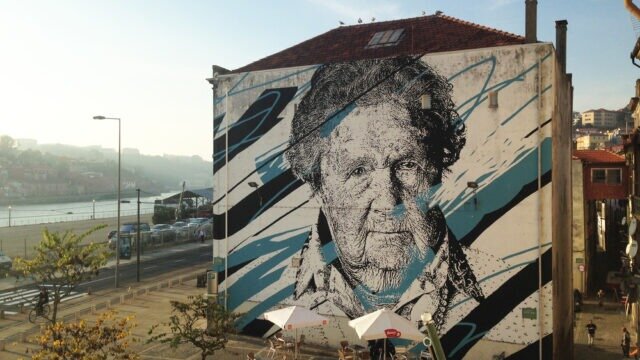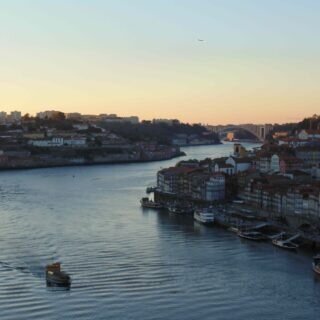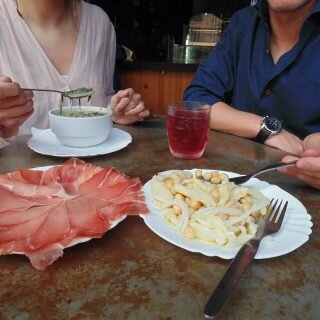Today if you walk around Porto you will find massive murals of street art, near Flores street, on Porto’s side of Luiz I bridge, right by Trindade station, and many other places. You will also find smaller pieces of street art scattered all throughout the city, in fresh painted walls that carefully (and sometimes not so carefully) avoid painting over the street artists’ work. These are characteristic of most modern western urban centres these days, but Porto and its denizens haven’t always been so kind to street painting, and street painting hasn’t always been so kind to Porto.

With the diffusion of consumer goods, the development of synthetic paints, and the subsequent cheapening and increased accessibility of paints, any common man could take his trusty can of spray paint and spray it, express itself anywhere. When that phenomenon hit Porto it did so in an overwhelming and detrimental fashion: buildings all over the capital of the north of Portugal were relentlessly tagged, and essentially vandalised. Not even monuments were spared from the onslaught of the taggers, and unsurprisingly the people of Porto did not take kindly to the defacing of their city. So little so that among the mayors elected was one that was set to take a hard and draconic stance on tagging and graffitis, forming municipal task forces that would incessantly hunt down and take down any vestige of spray painted vandalism from the city. What this led to was a complete and all out war between the street taggers and the city hall, both continuously ramping up their arsenals in the style of an early 20th century arms race until the iron-fisted mayor’s term came to end. Caught in the middle of this of course were the actual street artists; the task forces didn’t distinguish between their work and the vandalism.

However the new mayor who saw these task forces as a money sink decided to try a different approach. Essentially in the school of thought of “if you can’t beat them, join them” (albeit in this case more “have them join you”), the new mayor began instead hiring street artists. He would have them decorate the city in a more orderly fashion, prettying up abandoned buildings rather than defacing ancient monuments, and mitigating the epidemic of illicit tagging throughout the city, with the one condition on the street artist’s part being that their surviving work be left alone. Now, only the cream of the crop got hired, so the city hall didn’t much see an issue in that demand and happily agreed to it. This also caused however a tad of a divide in the community, and the street artists that were left out of the deal started seeing their counterparts as sellouts, which explains the frequent defacing of, for example, Hazul’s iconic Faceless Madonnas, whom you’ll find all over downtown. These days they have indeed began prettying up the city. The attitudes of locals have no doubt changed as well now that the street art scene isn’t any longer a detriment to the landscape and instead a very nice addition and mend to decayed façades.

Porto today is a street art centre, and although its recent history in the city was a very rocky one, eventually the change in approach changed things to a more harmonious reality and more aesthetic city centre, in both the big and the small pieces.
If you want a tour around the city seeing these art pieces contact us for an Street Art Tour!!



